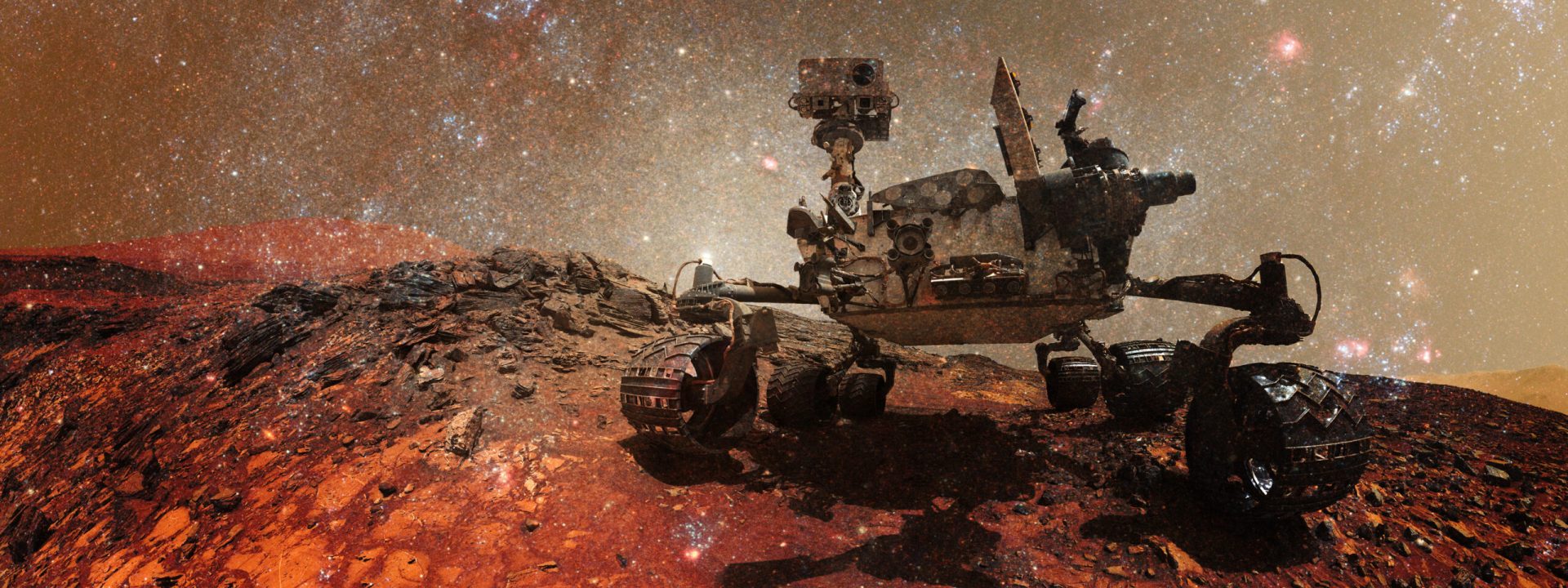
NASA’s Curiosity Mars rover made an incredible discovery recently. The Curiosity found opal – which is rich in water – in Mars’ Gale Crater along the equator. Martian ice is plentiful near the poles; however, this isn’t the case near the equator – where Gale Crater is located. The rover, which is currently stationed in and exploring the crater, previously sent data on what it found in the crater, which was analyzed by researchers.
In both older and recent Curiosity images, the researchers noticed rings of light-colored sediment – fracture halos. These stood out because of their color, and more testing proved that this light-colored sediment was opal!
Opal is mainly made of water and silica, which leads scientists to believe that at one point there was enough water in the crater fractures that they might have been habitable. Even more exciting – the opal currently in the crater could one day be harvested for the water stored inside. This would offer a source of water to any crews on missions to Mars. Due to the radiation on the planet’s surface, Mars is barren, sun-blasted, and inhospitable to life as we know it. But inside these fractures in Gale Crater, the environment is protected from this harsh and constant radiation.
“Seeing that these fracture networks were so widespread and likely chock-full of opal was incredible,” researcher physicist and former fellow Travis Gabriel said in his statement to Arizona State University.

